Herniated Disc Pressing on Nerves: A Common Cause of Back Pain
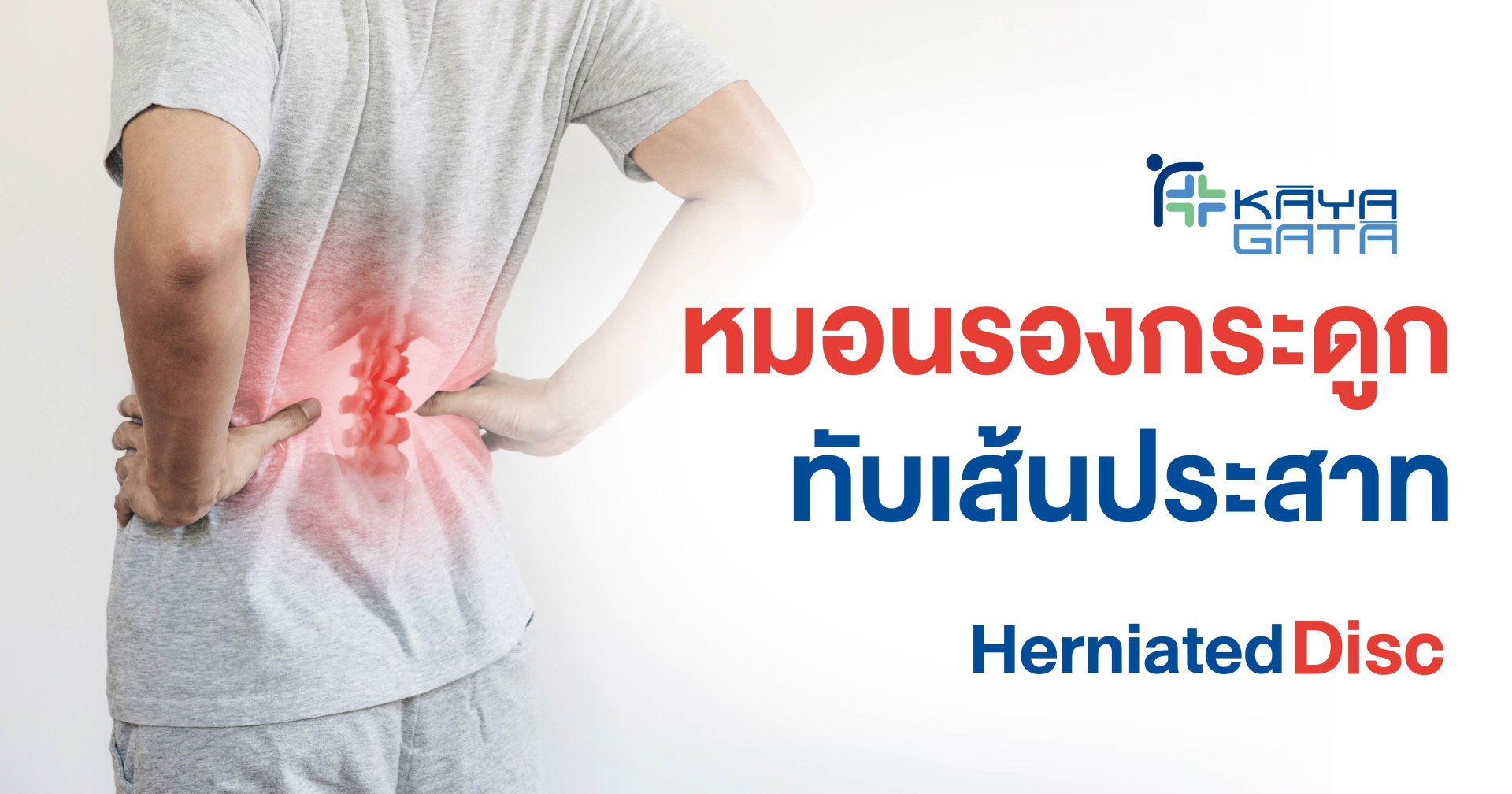
If you often experience lower back pain, buttock pain, leg pain, or occasional numbness, it might not just be a muscle issue. You could be at risk of a herniated disc pressing on spinal nerves in the lower back.
A herniated disc can occur in the cervical, thoracic, or lumbar regions of the spine. Today, we'll focus on the lumbar spine, where herniated discs are commonly found. This condition arises when the spinal disc degenerates or gets damaged, causing the discs fibrous ring to tear. As a result, the lumbar disc bulges, shifts, or ruptures, pressing on nearby nerves. This leads to symptoms such as lower back pain, buttock pain, pain in the thigh or calf radiating down the leg, numbness, or even difficulty walking. In severe cases, it may cause loss of bladder or bowel control. While it used to be more common in older adults, today it affects people of all ages.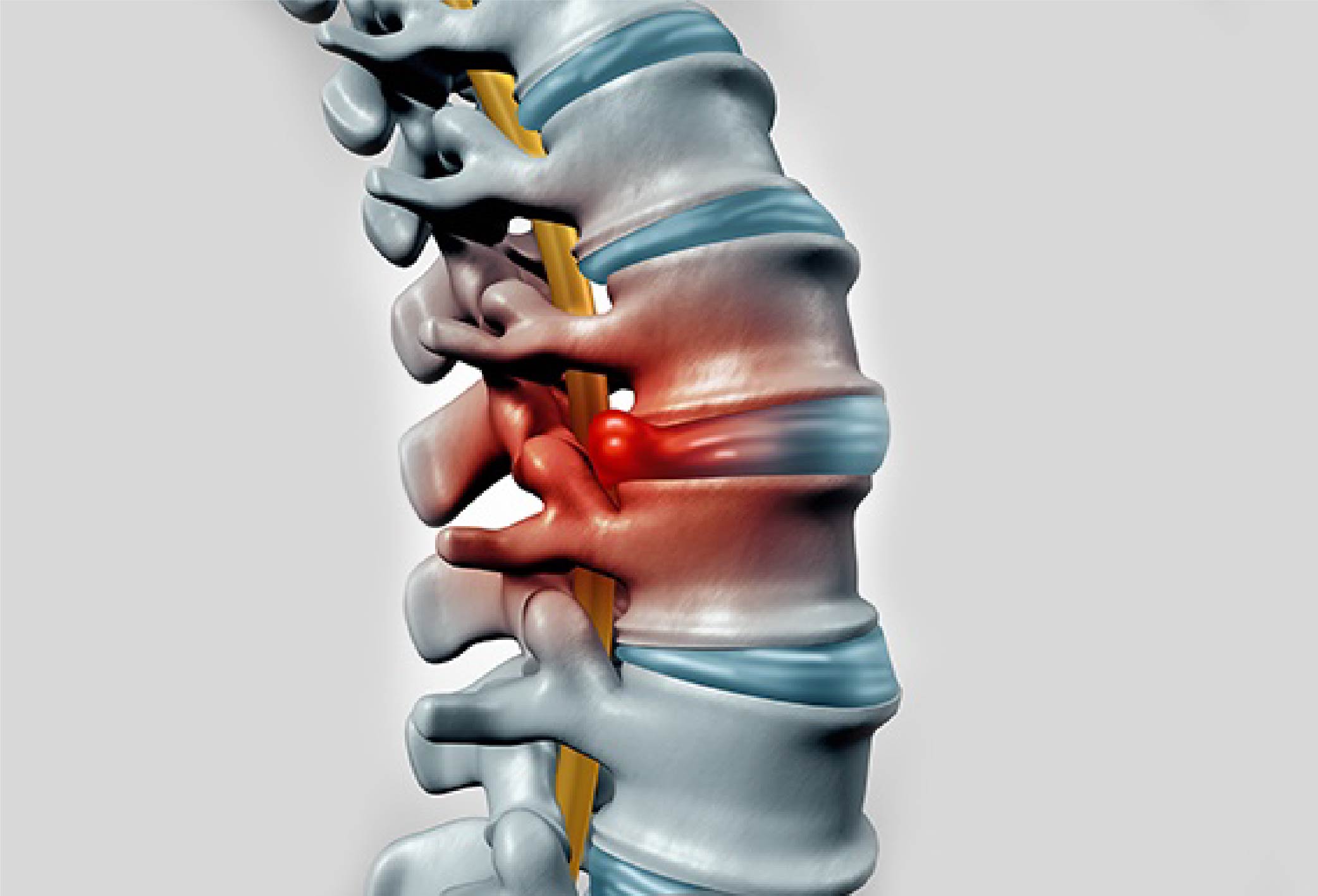
Self-Monitoring for Early Detection
The primary causes of this condition include lifestyle habits such as poor posture, sitting for extended periods, incorrect or excessive exercise, lifting heavy objects, accidents causing spinal trauma, or disc degeneration due to aging.
Diagnosis is confirmed by a physician, who will explain treatment options. At Gaikota (the mentioned clinic/approach), we focus on non-surgical treatments and address root causes through physical therapy, aiming to realign the disc, reduce pain, and restore strength and function through integrative rehabilitation.
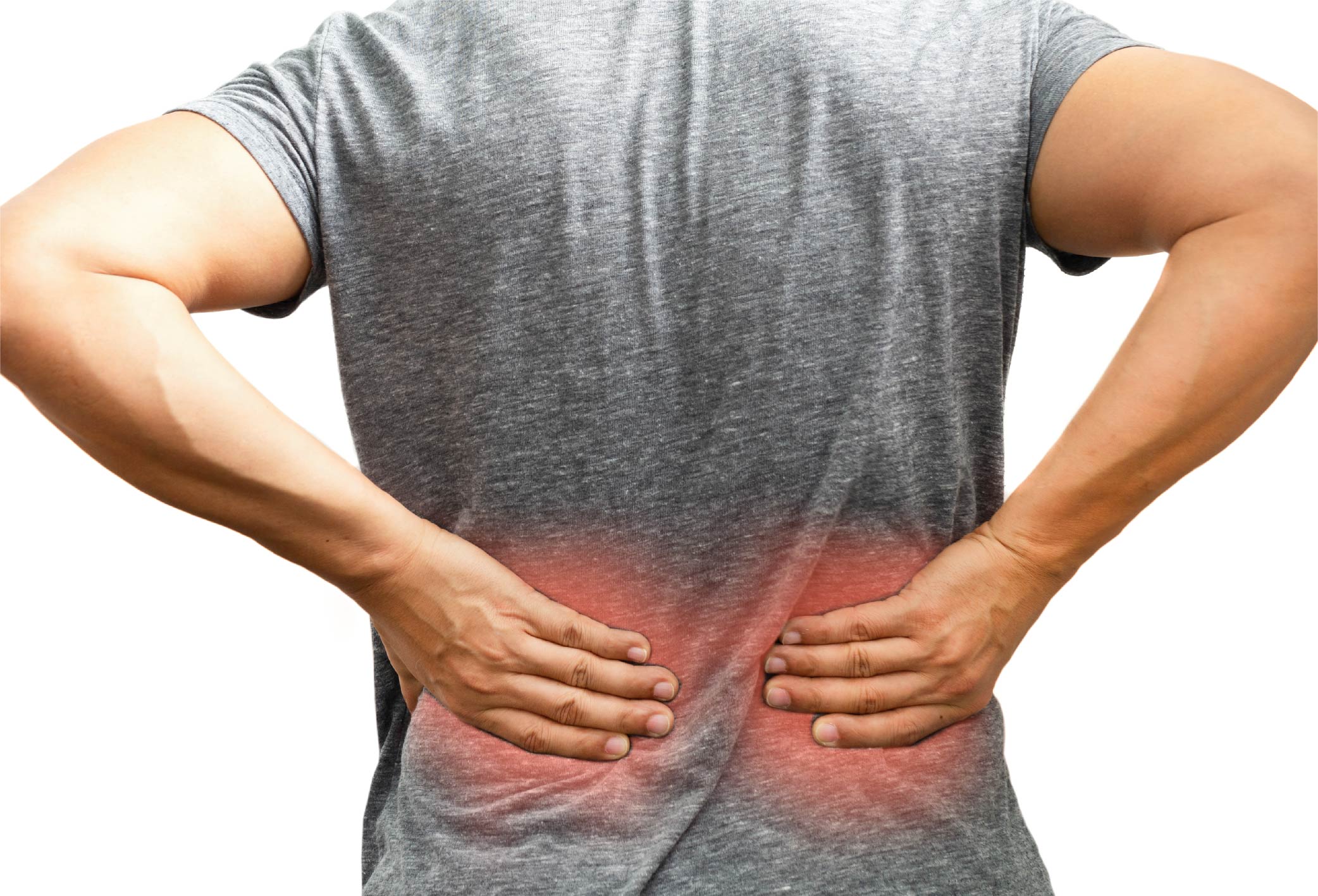
Types of Physical Therapy
Various physical therapy techniques include:
- Shock Wave Therapy: Uses sound waves to stimulate the painful or injured area, promoting blood circulation, reducing inflammation, and encouraging tissue repair and regeneration.
- High Power Laser Therapy: Stimulates tissue and nerve repair, aiding recovery and reducing inflammation.
- Peripheral Magnetic Stimulation (PMS): Sends magnetic waves to injured tissues, enhancing blood circulation without harming surrounding structures.
- Lumbar Traction: Stretches spinal muscles, relieves joint pressure, reduces nerve compression, and alleviates disc pressure.
- Exercise Therapy: Strengthens core muscles and incorporates breathing exercises to support spinal health.
- Joint Mobilization: Improves joint movement and alleviates stiffness and pain.
- Ultrasound Therapy: Reduces pain and inflammation, enhances tissue repair, and improves deep joint flexibility.
- Nutritional and Supplement Guidance: Personalized dietary advice and vitamin supplementation to support healing and overall health.
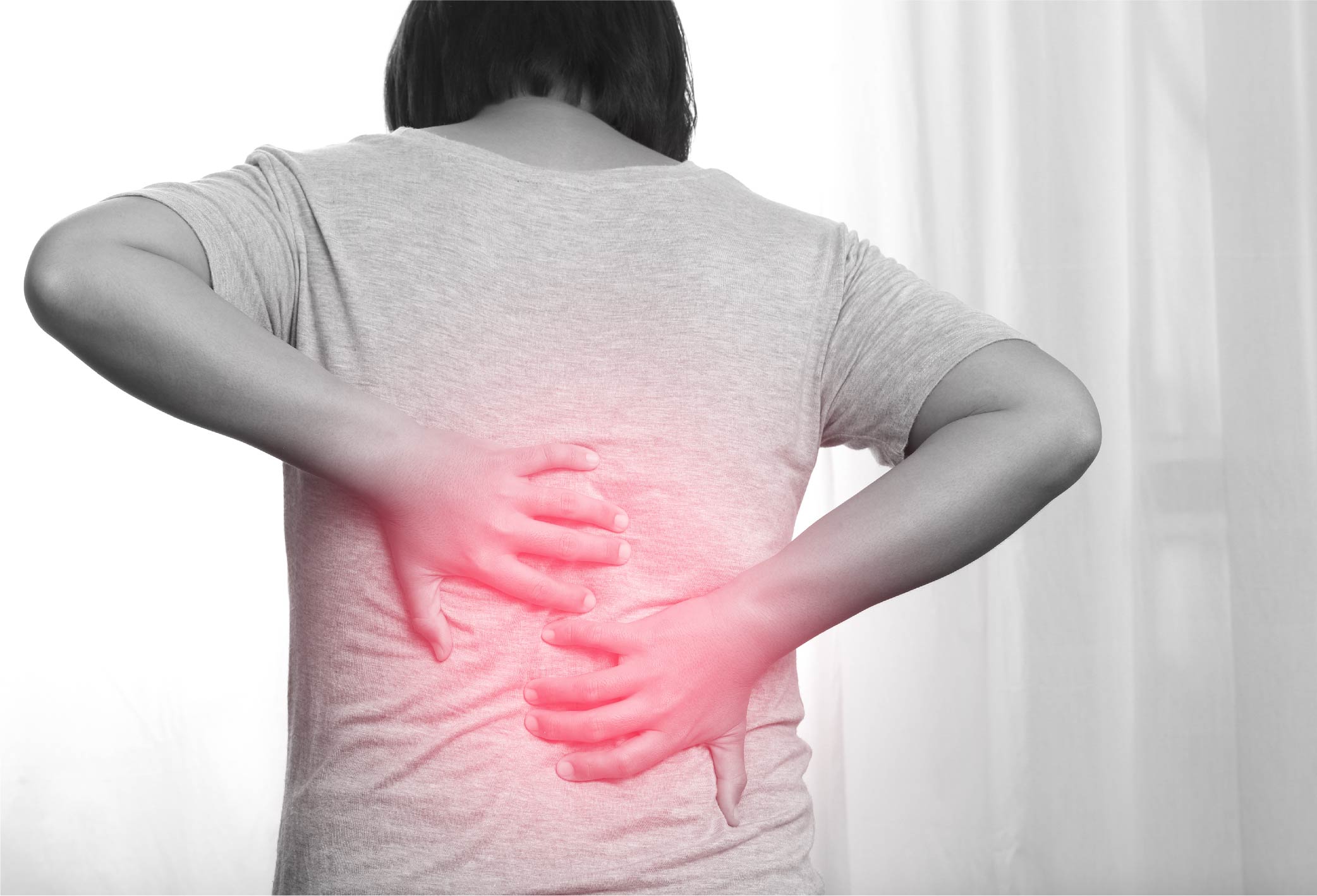
Integrative Treatment Options
Doctors may customize treatments based on each patients condition, incorporating methods such as:
- Prolotherapy Injections
- Platelet-Rich Plasma (PRP) Injections
- Biological Peptide (Nucleic Acid) Injections
- Cell Therapy for Regeneration
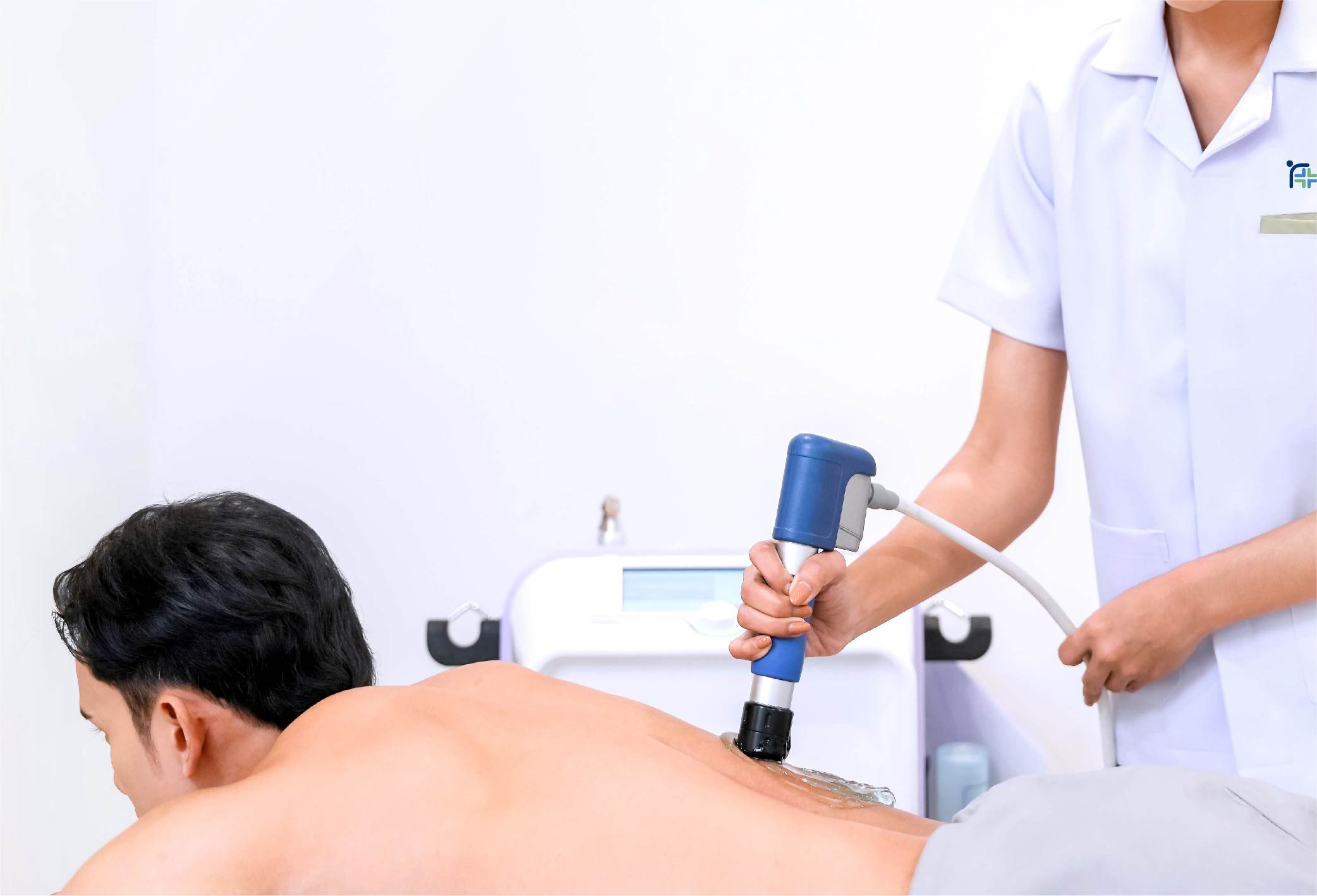
Final Thoughts
Whether you're currently dealing with symptoms or have recovered, or even if youve never experienced them, always protect your spine. Avoid risky behaviors, dont misuse your spine, and regularly strengthen your back muscles. At the first sign of symptoms, consult a physician for early diagnosis and appropriate treatment.
......................................




